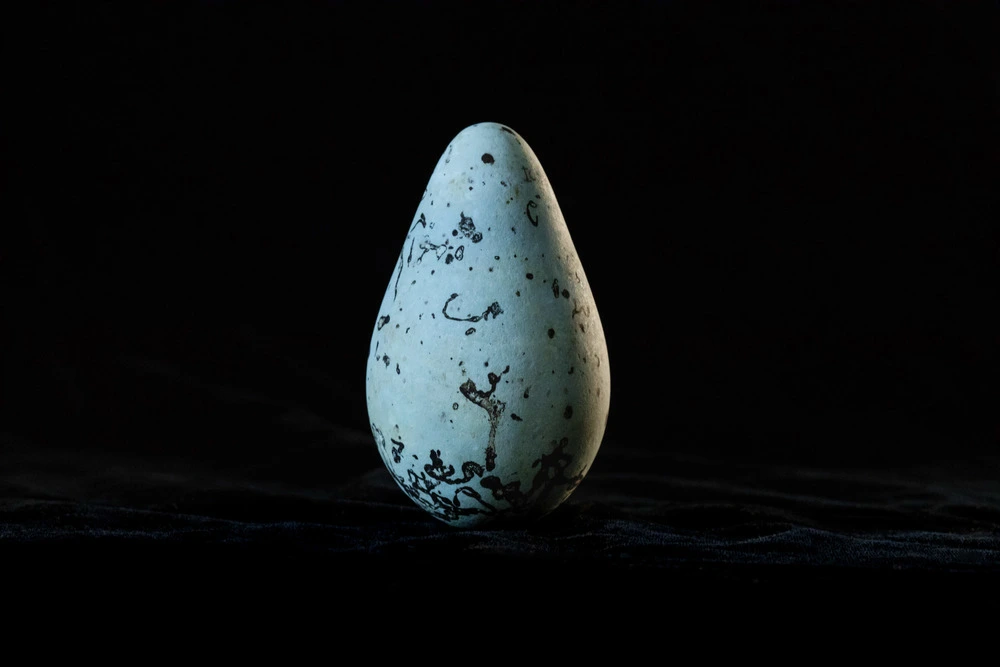
To successfully look after your children, you have to make sure you can recognize them. While this might a strange idea for people (who can easily recognize their own kids), for many species it is critical to make sure resources and energy are spent on the right offspring.
Results from a study on common murres suggest that these cliff-dwelling birds have found a way to identify their own eggs from others in the population, by laying eggs with characteristics unique to each individual female. The study, led by professor Mark Hauber in the Department of Animal Biology, used digital photography to measure and analyze eggshell traits such as color, spot shape, shell size, and others.
Common murres are seabirds that nest in dense colonies on cliff faces across the North Atlantic and North Pacific. These birds will travel to mate with the same individual every year if both are available for mating, and will lay their one egg directly on ledges – without a nest. Hauber and his collaborators analyzed the eggs from individual females over several years, and discovered how the birds were able to do it – by repeating the same egg shape, ground color and spotting pattern consistently each year.
While it has been shown by previous work that these birds can recognize their own eggs, it was unclear as to how or why. This new study examined the coloration, maculation patterns, and egg size and shape. Maculation refers to the speckles, spots, blotches or streaks that were found on the eggs. Statistical analysis showed that the background color of the eggs, number of spots, and egg size were highly repeated characteristics, whereas background brightness, spot gradient, and egg shape were not.
“It’s been shown that bird eggs are very variable, but what we don’t know is how or why the birds are able to generate this kind of diversity. Murre eggs are unique because they are so distinctly different, and we wanted to know what that meant for whether or not the females were able to recognize that,” said Hauber.
The results suggest that egg consistency by each female is being driven by natural selection. Female murres benefit from remembering their own eggs from previous breeding attempts and using those memories as mental and biological templates to help them accurately learn to recognize each newly laid egg.
“This is important work because these birds are in trouble, facing global issues like overfishing. Their numbers are declining in several of their populations, and we need to understand their basic biology before we can start asking questions about how to help them. Without that knowledge, it can be very difficult to apply management decisions, without knowing what the consequences will be.”
The study is one of the first to use photography as a method for collecting and evaluating this kind of data, and Hauber and his collaborators hope it shows the potential for using similar methods of analysis in future. The study, “Interannual repeatability of eggshell phenotype in individual female Common Murres (Uria aalge)” is published in the Canadian Journal of Zoology and available online.
Collaborators included the Oregon Coast Aquarium, Hunter College, University of Adelaide, South Iceland Nature Research Center, and Massey University. The project was funded by the Human Frontier Science Program (HFSP).